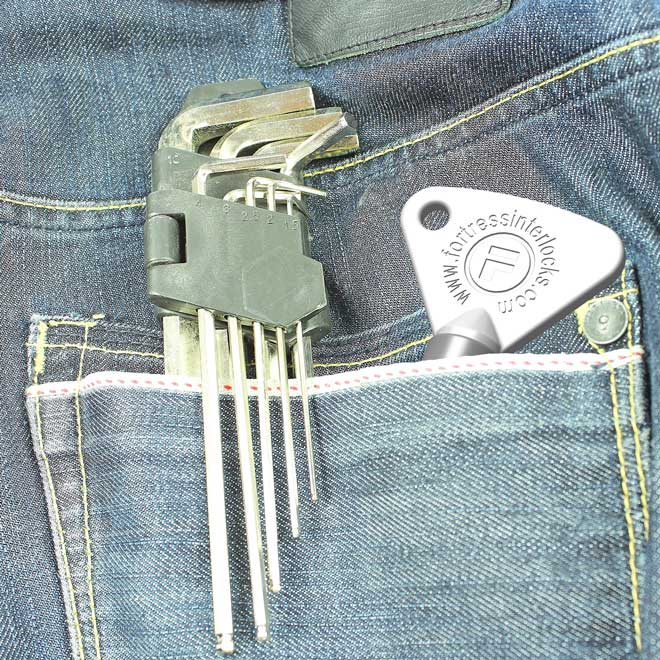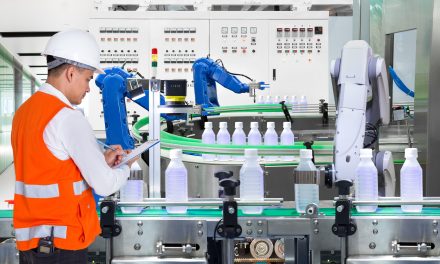 Rob Lewis, Managing Director at Fortress Interlocks, explains the revised EN ISO 14119 standard and looks at a preventative alternative.
Rob Lewis, Managing Director at Fortress Interlocks, explains the revised EN ISO 14119 standard and looks at a preventative alternative.
What is an Escape Release?
EN ISO 14119 defines Escape Release as the ‘possibility to release manually without aids the guard locking from inside the safeguarded area to leave the area’.
It sets out the following requirements:
- Deliberate unlocking of the guard locking from inside of the safeguarded area shall be easily possible without auxiliary means and regardless of the operating conditions
- The unlocking means shall be manually operated and act directly on the principle of the locking mechanism
- The unlocking shall generate a stop command
- The unlocking means for the escape release shall only be accessible from inside the safeguarded area
In summary, an Escape Release allows someone trapped inside a safeguarded area to leave the area and, in doing so, send a stop command to the controller.
When is an Escape Release needed?
EN ISO 14119 is much less prescriptive about this, merely stating ‘Depending on the application supplementary methods of release can be necessary’. In practice the risk assessment for the safeguarded area should consider the risk of a person becoming trapped inside the area. Factors to consider when making a risk assessment are:
- Is the access full body access (i.e. can you walk into the area or is it just a hatch)?
- Is the safeguarded area small or large (i.e. can you easily see if someone is in the cell)?
- In the safeguarded area, are there blind spots where a person could be hidden from sight?
But this doesn’t appear to stop an accident occurring?
No it doesn’t. An Escape Release will allow someone trapped to get out, but the machine won’t stop until the employee is already at the door (where the escape release is sited) and by that time it is highly likely an accident will occur.
“By adopting a safety key system, people entering a dangerous area are 100% protected from an unexpected start-up, preventing an incident in the first place, whereas an Escape Release system seeks to minimise the effect after an unexpected start-up has occurred.”
Prevention is better than cure
Safety keys stop the accident occurring in the first place by blocking the interlock once the door is opened. Once all safety criteria are met, the door will still not open until an employee removes the safety key. In reverse, the door will not relock until the safety key is returned. The operator is therefore kept completely safe while the safety key is in their pocket.
Many people liken a safety key system to a padlock in a lockout procedure – and given that you can’t restart until the key is returned, this is true. However safety keys have two major advantages over a lockout procedure:
- Firstly, the safety key is always at the door, so you can’t forget it and be tempted to nip inside for a minute
- Secondly, unlike a lockout procedure, if you don’t remove the safety key the door won’t open, so operators are forced to follow the procedure
In summary, by adopting a safety key system, people entering a dangerous area are 100% protected from an unexpected start-up, preventing an incident in the first place, whereas an Escape Release system seeks to minimise the effect after an unexpected start-up has occurred.
Fortress Interlocks Ltd
2 Inverclyde Drive
Wolverhampton WV4 6FB
United Kingdom
Tel: +44 (0)1902 349 000, Fax: +44 (0)1902 349 090
E-mail: sales@fortressinterlocks.com
Website: www.fortressinterlocks.com




